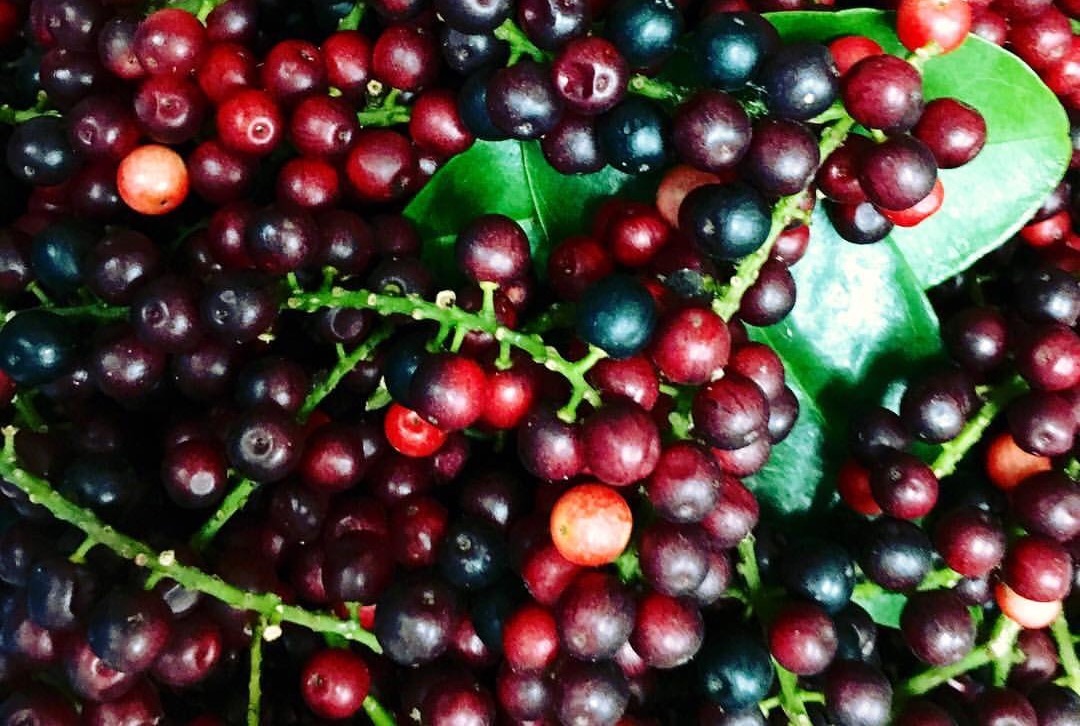
Bignay Filipino Food
Bignay, scientifically known as Antidesma bunius, is a tropical fruit that belongs to the Phyllanthaceae family. Also referred to as "bugnay" or "currant tree," it goes by various names in different regions around the world.
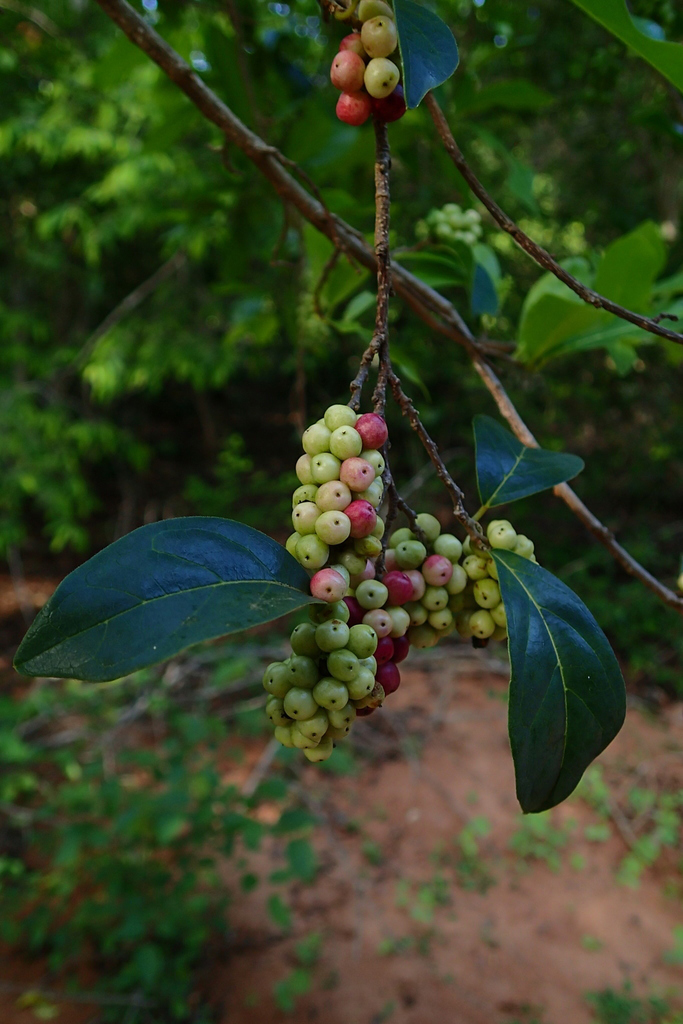
Bignay Facts and Health Benefits
Antidesma Bunius or Bignay/Bignai is a small bushy tree found in tropical regions. It is also named currant tree, Chinese laurel, and buni. This 3-6m tall plant is dioecious, and its height can even reach 15-30 meters.. The trees start producing fruit in about 5 to 6 years from seed. In grafted plants, the fruit can be produced in 2 to 3.

Bignay Live Tropical Fruit Tree Sow Exotic
Bignay is a medium sized evergreen tree which is mostly found in Malaysia and Singapore. The tree is dark in colour and looks very attractive. It is a kind of medicinal fruit tree. The name is believed to have been inspired from the naming of the nation of Brunei or Borneo. It is highly nutritious and has a number of medicinal properties.

Bignay fruit Nutrition factsBignay fruit Health benefits
1 2 Quick care Suitable for full-sun Suitable for part-shade Protect from frost Provides shade Dimensions: Height 3-8m (10m in tropical areas) Width 3-5m Fruits from: Year 2-3 Bird attracting Suitable for hedging/screening
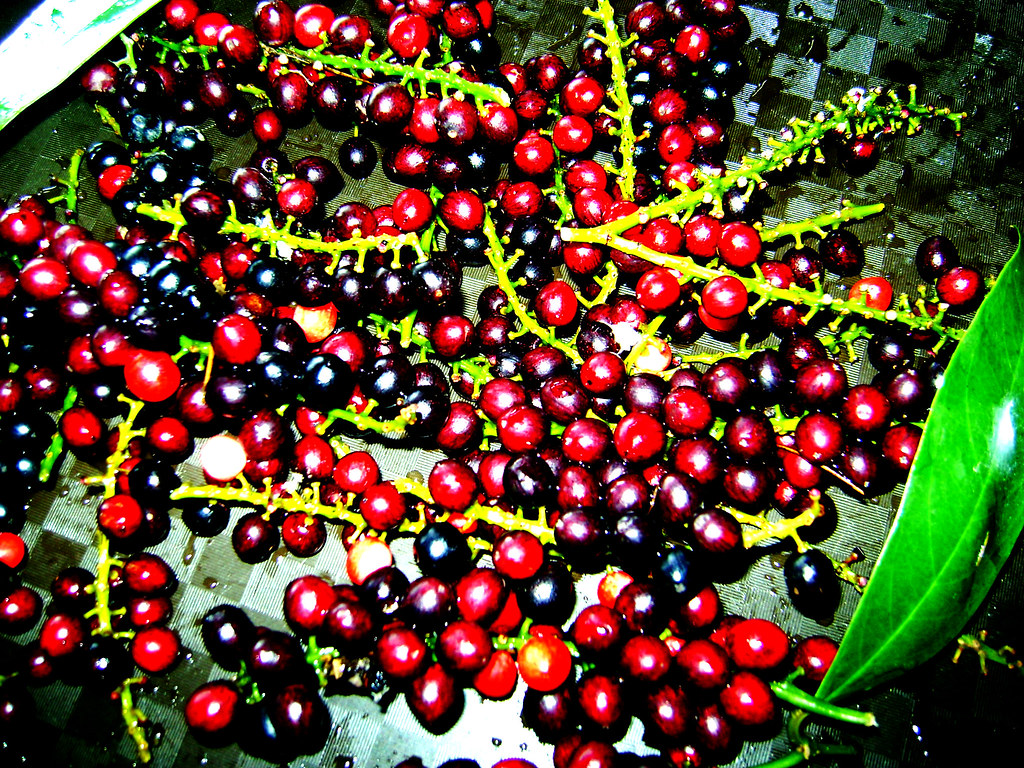
bignay (considered as wild fruit in the Philippines) Flickr
Plant Type: Tropical Evergreen Fruit Tree Harvest Season: Fall, Winter, Spring, and potentially year-round Mature Size: 10-25 ft. In it's native wild habitat, Bignay may grow up to 50-100 feet, but is easy to grow in containers and overwintered indoors. Soil & Moisture: Loves moisture, humidity, and consistent
OUR PHILIPPINE TREES The Miniature Bignay
What are the benefits of bignay? Scientists from the University of the Philippines Los Banos (UPLB), have recently published a study touting therapeutic and nutritional benefits of bignay and lipote fruit. Based on what they discovered, there might be more to these fruits than it seems.
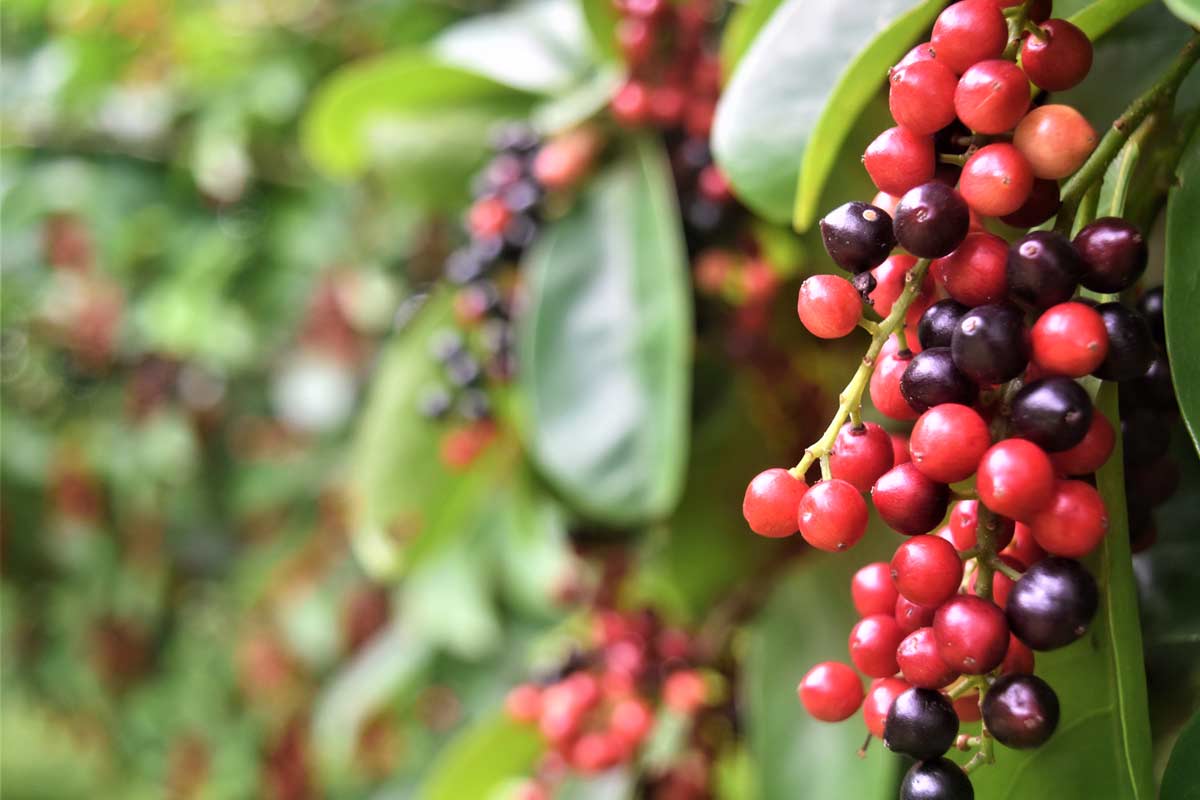
16 Amazing Health Benefits of Eating Bignay Fruits How To Ripe
Bignay is a fruit and ornamental tree native to a wide geographic area extending from the Himalayan foothills in India, south to Sri Lanka, and east through Southeast Asia to northern Australia.. It is a small tree on open sites, typically 5 to 10 m (15 to 30 ft) tall, with a single trunk supporting a densely branched rounded crown. The leaves are oblong, up to 15 cm (6 in) long, dark glossy.

Bignay Growing fruit trees, Bignay, Plants
Bignay, also known as Queensland cherry, is a nutrient-loaded fruit found in Malaysia and Singapore. This red-hued fruit is usually the size of a gooseberry. Bignay benefits are slowly gaining popularity among many health enthusiasts. Even the leaves of this plant offer an array of health benefits.

10 Health Benefits & Nutrition Values Of Bignay Fruit benefits, Bignay, Fruit
Geography: Bignay Trees grows best in hot and humid tropical lowlands. It is not strictly tropical as it has proved to be hardy in Central Florida. Packaging: No information is known on commercial Bignay farming. Enjoying Bignay The fruit can be eaten raw when ripe. The fruit is slightly sweet and very juicy.

BIGNAY 1 Fruits hanging from a Bignay tree (Antidesma bun… Flickr
Bignay grow and care - tree of the genus Antidesma also known as Wild cherry or Antidesma bunius, Bignay tree perennial evergreen plant also used as ornamental plant, shade tree or as bonsai, can grow in tropic, mediterranean or subtropical climate and growing in hardiness zone 10b+
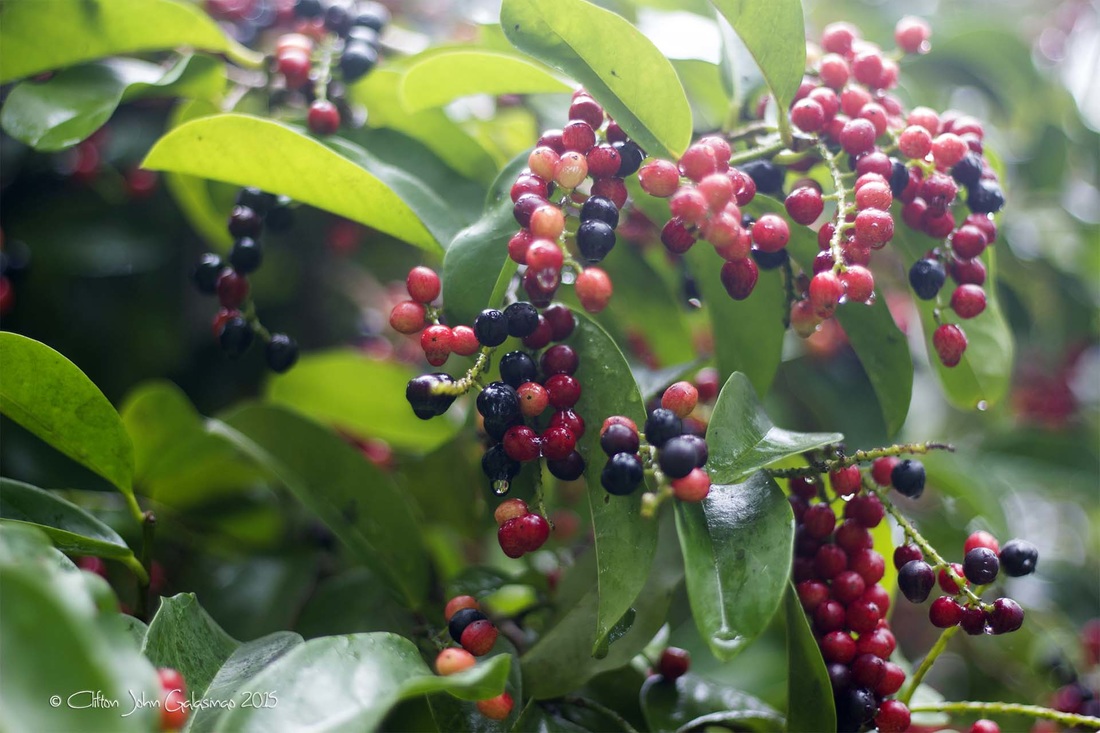
The Healthy Bignay CREATIVE CLIF
Philippines Promotions Tips and Tricks Bignay, the small fruit, The Philippines By Rosemarie Ramos - Jul 22, 2013 Bignay, a medicinal fruit A small fruit called "Bignay" (big-nay) in the Philippines is much like a cranberry or a wild berry in other countries.

"THAT STRANGE FEELING" Think Tree Working with a bignaypugo material
Antidesma bunius is a fruit tree from the family Phyllanthaceae and commonly called Bignay in the Philippines. I first encountered Bignay in Los Banos, Laguna during a fieldwork class in Mt. Makiling. At that time, I did not know much about the tree since the one I saw was not fruiting yet. Photo by Grant Barraquias.
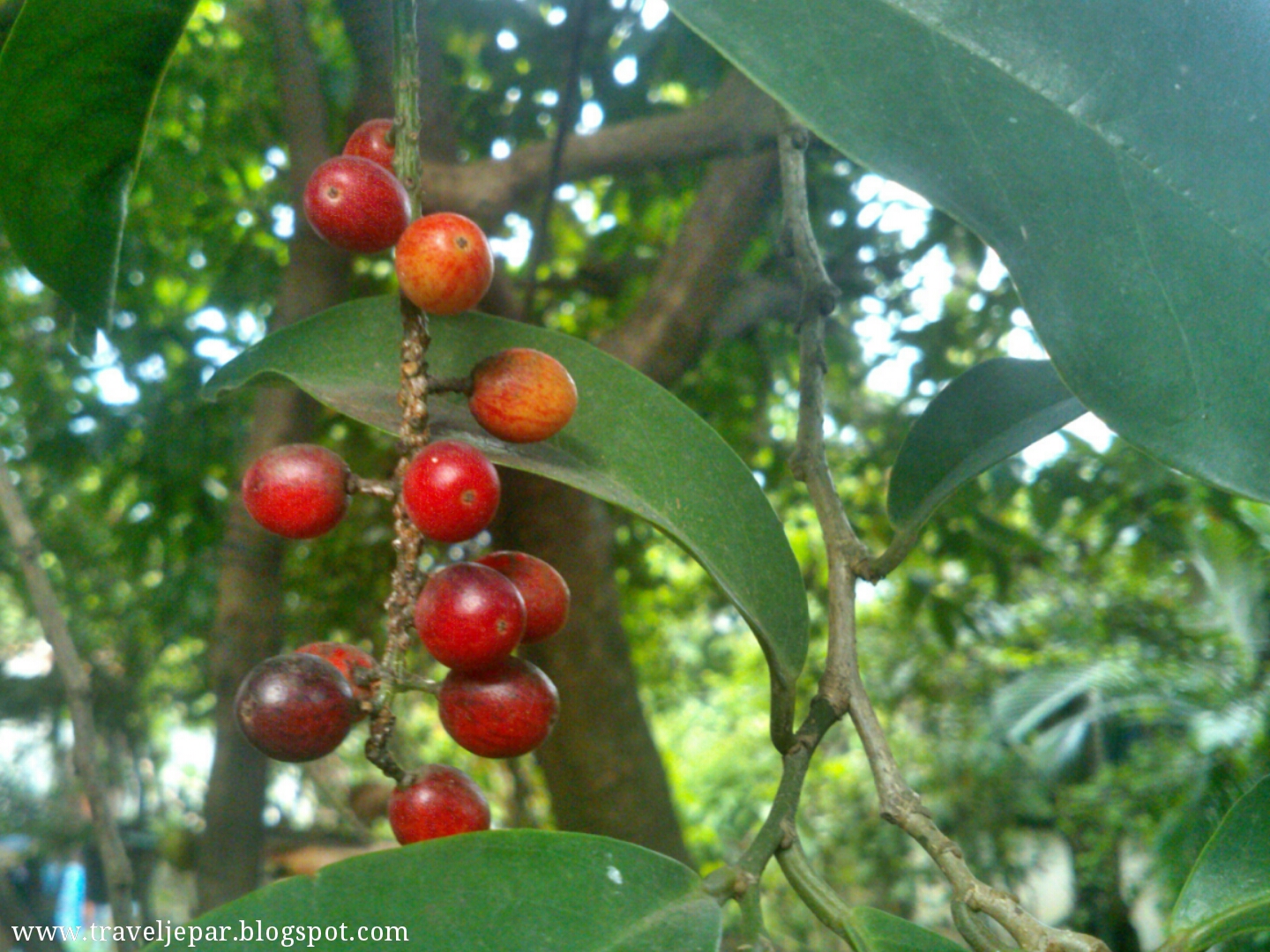
Bignay Farmland Valenzuela City
Bignay is a dioecious, evergreen and perennial tree growing upto 15 to 30 meters in height with trunk diameter of 20 to 85 cm. The tree has yellow brown bark, terete branchlets which are glabrous to densely ferrugineous to pubescent. Leaves are leathery, oval shaped, evergreen which measures 20 cm long and 7 cm wide.
OUR PHILIPPINE TREES The Miniature Bignay
Antidesma bunius is a species of fruit tree in the family Phyllanthaceae. It is native to Southeast Asia and northern Australia. Its common Philippine name and other names include bignay, [1] bugnay or bignai, Chinese-laurel, [1] Queensland-cherry, [1] salamander-tree, [1] wild cherry, [1] and currant tree. [1] Description Ripe bignay fruit

The Health Benefits of Bignay Fruit
It's been called salamander tree and currant tree in English. The bignay fruits have been referred to as Queensland cherries, Philippine wild cherries, Philippine blackberries, and perhaps most appropriately tree currants. The tree is not endemic to the Philippines — it can be found in neighboring countries as well.
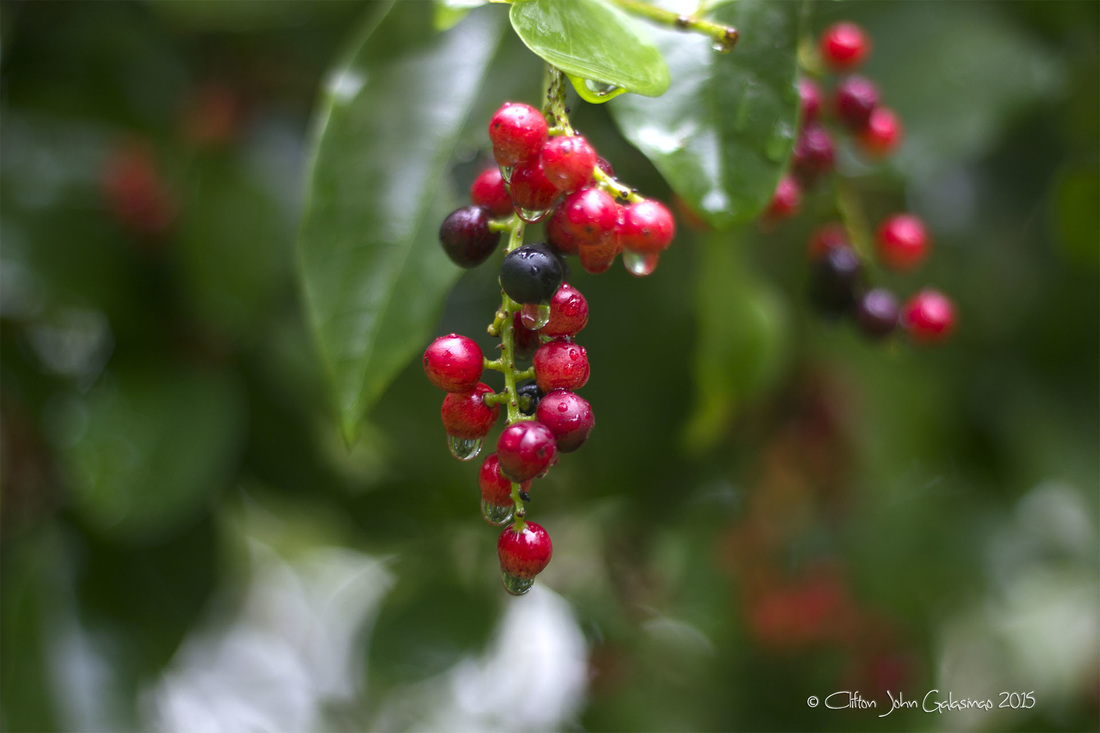
The Healthy Bignay CREATIVE CLIF
Banaba Tree Begonia titoevangelistae Bignay is a variable plant that may be short and shrubby, or tall and erects approaching 30 meters in height.